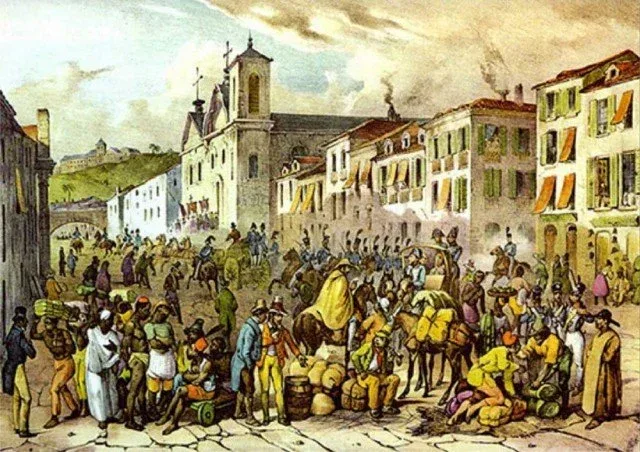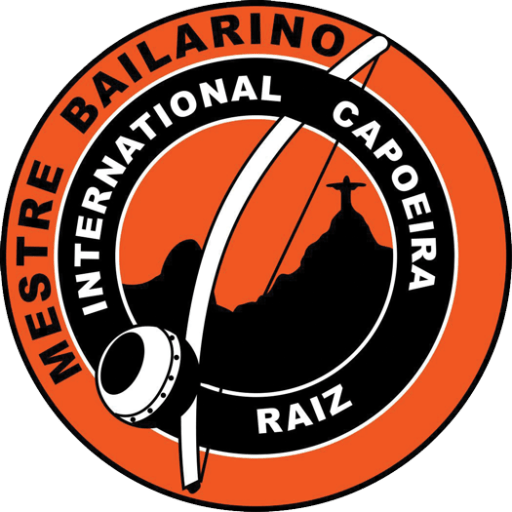Capoeira
Capoeira is an Afro-Brazilian art form that combines elements of martial arts, movement games, music, and dance. It was created in Brazil by slaves brought from West Africa some time after the 16th century.
Capoeira is an Afro-Brazilian art form that combines elements of martial arts, movement games, music, and dance. It was created in Brazil by slaves brought from West Africa some time after the 16th century.
It was developed in the region of Quilombo dos Palmares, located in the Brazilian state of Alagoas. Capoeira has been a great influence on the Afro-Brazilian generations especially in the states of Bahia, Pernambuco and Rio de Janeiro.
Participants form a circle, and take turns either playing musical instruments (such as the berimbau, pandeiro and Atabaque drum), singing, or sparring in pairs in the center of the circle. The sparring is marked by fluid acrobatic play, feints, and extensive use of sweeps, kicks, and headbutts. Less frequently used techniques include elbow strikes, slaps, punches, and body throws.

Its origins and purpose are a matter of debate, with theories ranging from views of Capoeira as a uniquely Brazilian folk dance with improvised fighting movements to claims that it is a battle-ready fighting form directly descended from ancient African techniques.
Historians are divided between those who believe capoeira is a direct descendant of West African fighting styles and those who believe it is a uniquely Brazilian dance form distilled from various African and Brazilian influences. One popular explanation holds that it is an African fighting style that was developed in Brazil, as expressed by a proponent named Salvano, who said, “Capoeira cannot exist without black men but its birthplace is Brazil”.
